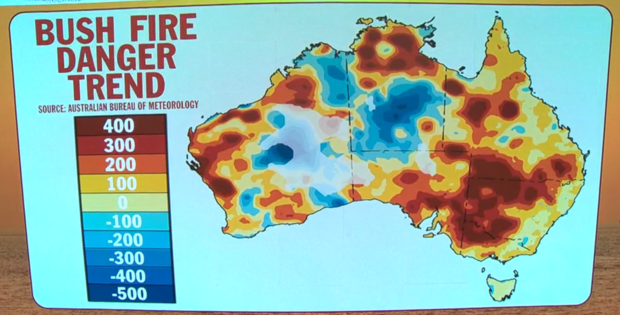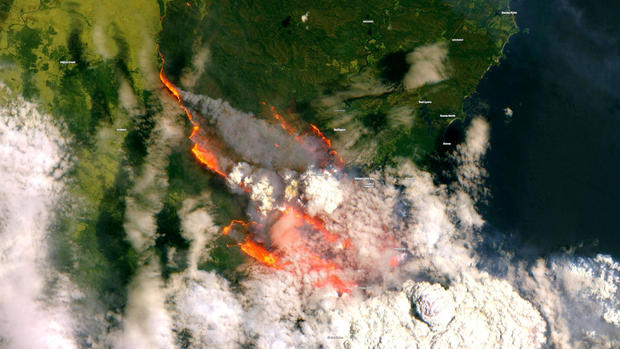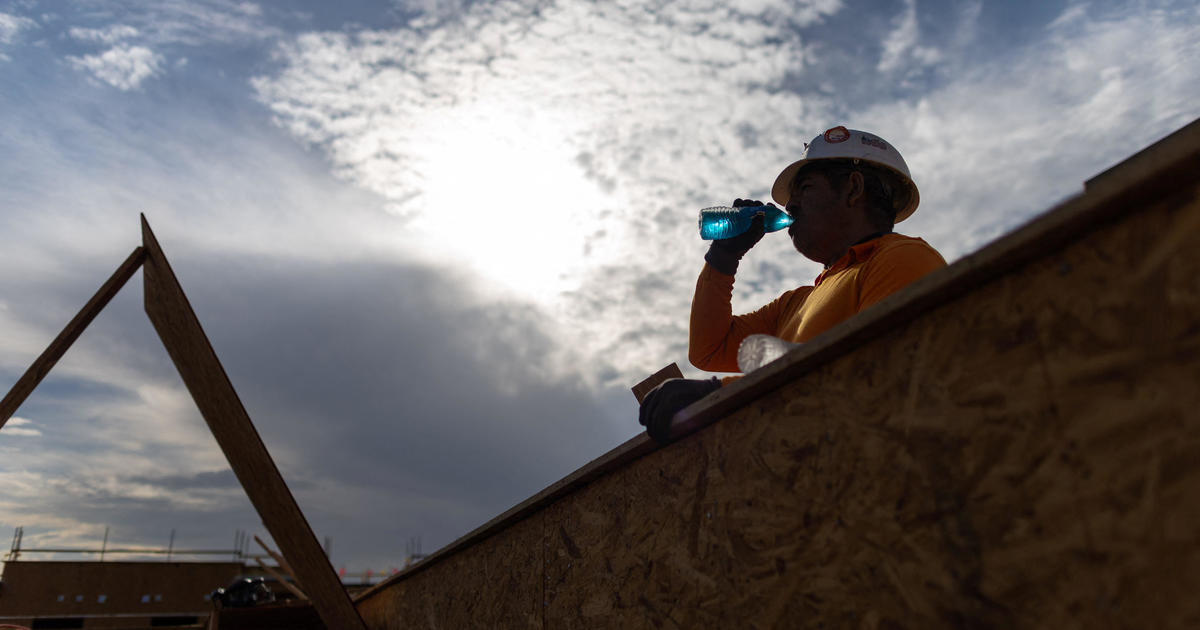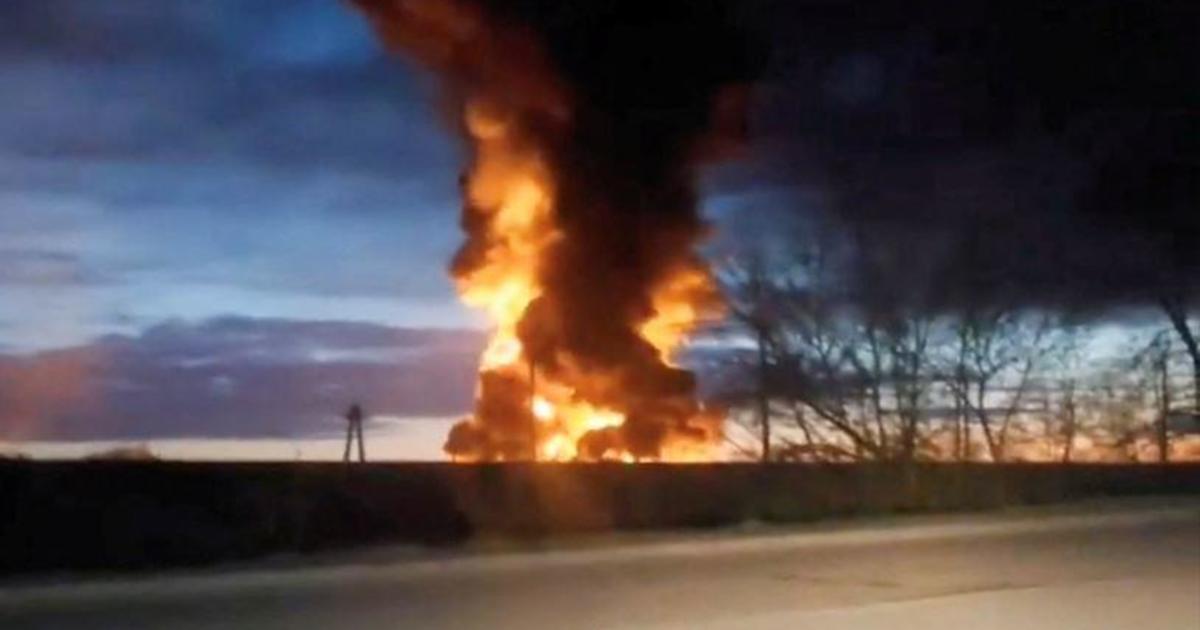How climate change has intensified the deadly fires in Australia
The unprecedented conditions that have led to the devastating wildfires in Australia stem from a typical weather pattern that has been intensified by climate change. And the fire danger is expected to get worse in the future, CBS News meteorologist and climate specialist Jeff Berardelli said on "CBS This Morning" on Friday.
More than 200 fires have burned roughly 12 million acres, forcing more than 100,000 residents and tourists to flee in one of the largest evacuations in Australia's history. At least 19 people have died. Navy ships helped evacuate hundreds of people from beaches along the country's southeastern coast.
With extreme heat and strong winds in the forecast, the country could see some of the worst fire weather of the season Saturday, Berardelli said.
"We're in a three-year drought in Australia," Berardelli said, adding that 2019 has been the hottest and driest year on record.
Just a couple of weeks ago, Australia hit 107 degrees for the average temperature, breaking a past record by 3 degrees. "As a meteorologist, that is remarkable, almost seems like it's not possible, but it happened," Berardelli said.
The drought is due in part to a typical weather pattern called the Indian Ocean Dipole.
"It's kind of like El Nino and La Nina. It goes back and forth over the course of years," Berardelli said.
But this year, there has been a record Indian Ocean Dipole with warm water in the western part of the Indian Ocean and cooler-than-normal water in the eastern part, Berardelli said.
"So we end up with rising air over the western part of the ocean right near Africa. That causes rain. But sinking air, dry air in the eastern part of the Indian Ocean — that causes Indonesia and Australia to dry out," he said.
That extreme pattern has been made worse by warming temperatures, according to a study published in the journal Nature. The number of extreme heat days in Australia has increased from nearly zero in 1910 and 1920 to an average of about 15 per year now, and the average temperature of the country has increased by 3 degrees Fahrenheit over 100 years, Berardelli said.
That increased heat dries out the soil and bush, increasing the fire danger, which has soared over the past 40 years, especially in the southeast portion of Australia.
"So this is a situation where climate change is kind of the background," Berardelli said. "When you have a natural pattern that's causing extreme fire danger, climate change spikes it, it enhances it, it turns extreme fire danger into catastrophic fire danger."
Berardelli added that the fire risk is expected to get worse in places like Australia.
"Places that get a lot of rain will get more rain, places that are dry like Australia will continue to get drier and drier. It will get worse there," he said. "In the United States, in places like California, not every year is a bad fire year, but when it's dry for a couple of years in a row, it will progressively get worse, and this will become kind of a new norm, but only worse."






